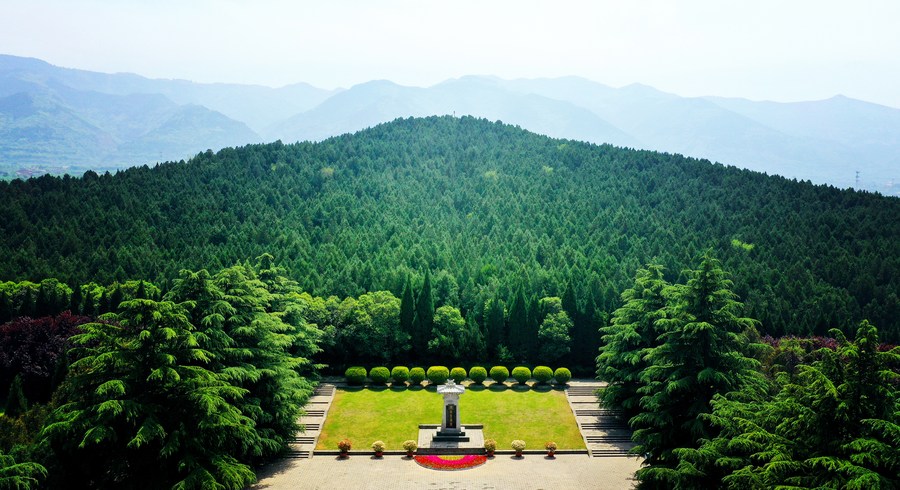Chinese archaeologists have unearthed two chariots from pit number two in the mausoleum of Qin Shi Huang, China's first emperor who unified China in 221 BC, China Daily reported.
According to the Emperor Qin Shi Huang's Mausoleum Museum, three terracotta warriors and three terracotta horses were discovered along with ancient chariots.
Meanwhile, Zhu Sihong - head of the archaeological project of pit No. 2 in the tomb of Qin Shi Huang - said that a typical chariot during the Qin Dynasty (221-206 BC) was usually equipped with 4 horses and driven by 3 soldiers.
The soldier in the center is the "chariot driver", and those on the sides are called the "left chariot driver" and "right chariot driver".
“The new discovery enriches our understanding of ancient military technology and highlights the important role of chariot soldiers in combat,” said Zhu Sihong.

Meanwhile, CGTN reported that archaeologists have just discovered a rare statue of a high-ranking official in pit number 2 of the Qin Shi Huang mausoleum.
In Qin Shi Huang's terracotta army, high-ranking officials, or generals, are often distinguished by their elaborate helmets, armor, and hands clasped in front. The generals' armor is often decorated with detailed patterns, ribbons, and floral knots. To date, only 10 generals have been discovered in the terracotta army.
Experts note that this discovery has great significance for the study of the organization and military system of the Qin Dynasty.
At the emergency field conservation laboratory of pit No. 2, archaeologists performed detailed cleaning and preliminary assembly of the newly excavated statue.
The Mausoleum of Qin Shi Huang was discovered in 1974 and was recognized by UNESCO as a World Heritage Site in 1987.
The Terracotta Army at the mausoleum of Qin Shi Huang is a collection of thousands of life-sized terracotta soldiers, horses and chariots in battle formation.
Over the past half century, Chinese archaeologists have discovered pits 1, 2 and 3 in the tomb of Qin Shi Huang, covering an area of more than 20,000 square meters.
More than 2,000 terracotta warriors along with terracotta horses, bronze chariots, stone armor and hundreds of figurines representing various entertainers have been excavated.
These discoveries shed light on the major relics of the Qin Shi Huang Mausoleum Museum and provide a scientific basis for the comprehensive protection and systematic exhibition of the relics.
The first phase of archaeological excavation of Pit No. 2 in the Qin Shi Huang Mausoleum began in 1994 and the second phase began in 2015. Chinese archaeologists discovered military formations including cavalry, archers, chariots and mixed units.











